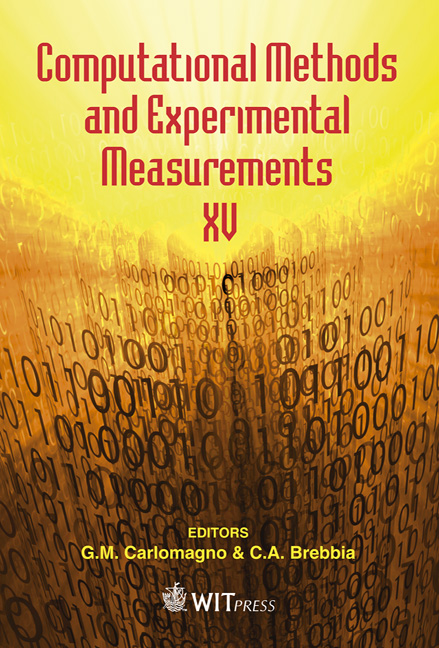Railway Disruption Recovery: Lessons From Airlines
Price
Free (open access)
Transaction
Volume
51
Pages
12
Page Range
681 - 692
Published
2011
Size
958 kb
Paper DOI
10.2495/CMEM110601
Copyright
WIT Press
Author(s)
I. Evans
Abstract
CTI is combining its products for situation awareness and disruption recovery in airlines with its railway timetabling software to develop a tool for situation awareness and disruption recovery in a railway environment. Analysis has shown that many concepts are similar, but that the extra complications caused by interactions between train paths require extra visualisation options such as train diagrams and spatial network displays, along with extra constraint checking to identify and prevent conflicts. It has been found that these extra requirements can fit within the same overall framework as is used for airlines. The extra visualisation options for rail were then seen to in turn provide value for airlines, as the format used for train diagrams is useful to visualise crew connections, and spatial network displays are useful to visualise air corridors. The extra constraint checking required for rail can also be useful for airlines to model flow restrictions placed on congested runways and air corridors. Keywords: disruption management, situational awareness, recovery optimization, airlines, railways, fleet, crew, passengers. 1 Introduction The disruption management process in airlines has been the subject of a large amount of academic study summarised by Kohl et al. [1] and Clausen et al. [2] and is expedited by commercial products offered by several vendors [3, 4] that provide integrated fleet disruption management taking into account scheduled maintenance, crew, passengers and cargo. The situation for other modes of transport such as heavy and light rail and buses is much less mature, yet there are many similarities in the problems such that much can be learned and borrowed
Keywords
disruption management, situational awareness, recovery optimization, airlines, railways, fleet, crew, passengers





